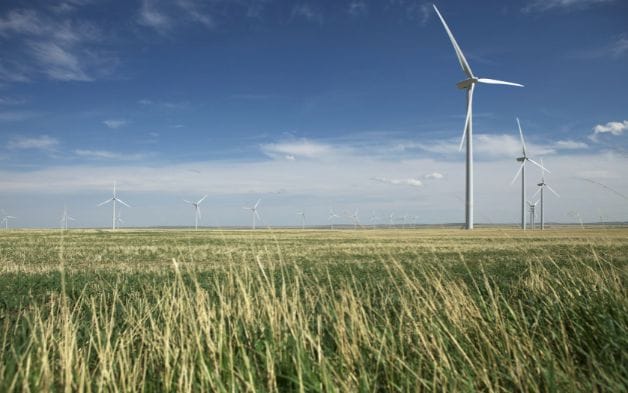CalSTRS has been a leading light in ESG integration in the US but its board has been slow to adopt a net zero pledge, with internal debate centred around the most motivating factors to achieve net zero. Now it’s made the pledge it will spend the next 12 months mapping the path to achieve net zero. Amanda White spoke to head of sustainability, Kirsty Jenkinson.
The board of the $311 billion CalSTRS, has made a commitment to net zero by 2050 but the fund will take a year to figure out the plan on how to get there.
CalSTRS is one of a handful of pension funds in the US which has had a long-term commitment to ESG, and since 2004 it has invested in climate-oriented solutions and integrated climate risk considerations into its investment and stewardship activities.
Kirsty Jenkinson head of sustainable investment and stewardship strategies at CalSTRS says there was a debate internally whether a pledge to net zero was helpful, or not, in terms of the impact on climate.
“We have been working on how to integrate ESG and climate risk in a gradual progression since 2004. Since 2015 and the Paris Agreement we have accelerated how to mitigate the risks and look at the opportunities around climate,” she told Top1000funds.com in an interview.
“We debated whether it was helpful to have a pledge or not. We were clear we need a path forward. The commitment now sets us on a path alongside all the other players in the global economy. It’s our north star and helps us work backwards on things we need to do to get to that north star.”
The path to net zero is not new to CalSTRS but Jenkinson, and others, had some reservations about whether a pledge would be the most appropriate motivational force for the investment team. In the end the board felt comfortable the pledge was a necessary step to take, not least because it meant a commonality in the trajectory alongside other investors.
“We really looked at whether the pledge would it be helpful or hindrance to motivate the investment professionals. It felt like jumping on a bandwagon that was going 100 miles an hour – was that a good thing or not?
“We decided this is the moment, it is about having a common trajectory. And part of us being successful depends on everyone else.”
The fund announced its pledge last month but has also committed to a 12-month period of deliberation around the plan, including interim targets, on how to achieve net zero.
“We need work on the accountability we need to hold ourselves to. It is the same as we are engaging the companies we invest in, set strategic targets and goals and then the plan to achieve them.”
Allowing a year to develop a strategic plan around the commitment gives CalSTRS the chance to “make good choices as an organisation” Jenkinson says.
A governance structure has been established with a focused team committed to the plan that includes CIO Chris Ailman, deputy CIO, Scott Chan and the heads of investment divisions.
CalSTRS has invested in a low-carbon public equities equities index since 2016 and in 2017 it excluded thermal coal.
In 2019 the fund set out its investment beliefs which included climate change as a risk, and set out a multi-year low-carbon transition workplan, but even two years ago “net zero” was not part of common parlance.
“This meant we would be more systematic about how we understand the low carbon transition of the economy, the transition and physical risks and how to educate the board and staff,” Jenkinson says.
The portfolio that Jenkinson manages, the Sustainable Investment and Stewardship Strategies, aims to be a catalyst in transforming the financial markets to focus on long- term value creation that fully integrates sustainability considerations and uses CalSTRS’ influence as a significant global investor to promote sustainable business practices and public policies. That portfolio was recently expanded to include both public and private assets and make up 5 per cent of the fund.
“Part of the evolution to make the pledge was the need to expand our activities in this area because the world is changing around us,” she says. “We will determine how we prioritise across asset classes but we are clear we are taking a whole of fund approach.”
While CalSTRS was already focusing on risk and investing in solutions, the net zero pledge focuses plans on structurally integrating net zero into its portfolio plans.
Measurement will be the initial focus of the plan, with carbon footprinting of public assets already complete a a year ago the next effort will be on private assets.



